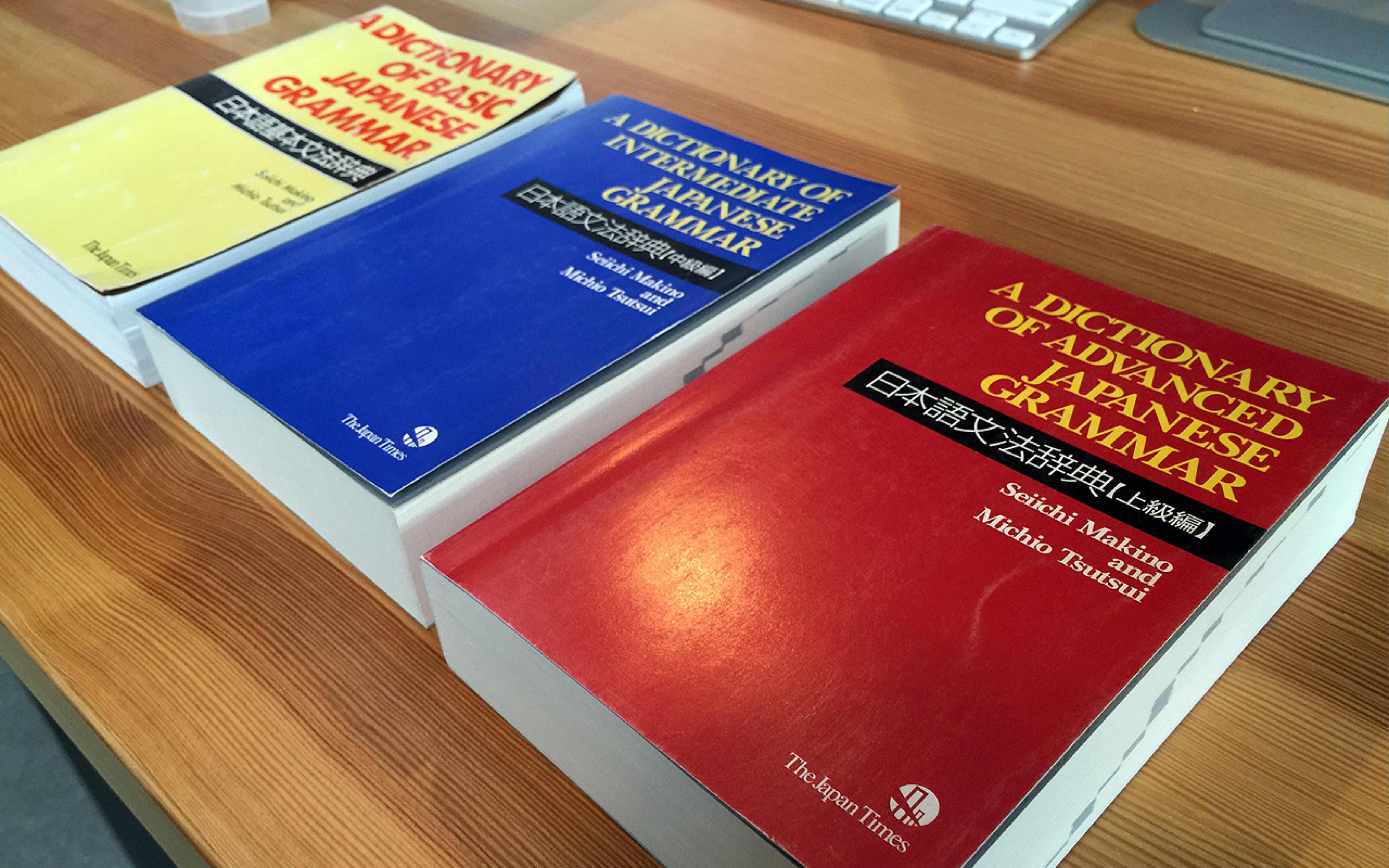

The System of Kanji Indexing by Patterns (SKIP) is a scheme for the classification and rapid retrieval of Chinese characters on the basis of geometrical patterns. These codes contain information relating to the glyph, and can be use for finding a required kanji. Index number for the current kanji in several published Japanese dictionaries or reference kanji books. the relative frequencies for the last few hundred kanji so graded is quite imprecise.these frequencies are biased towards words and kanji used in newspaper articles.The data is based on an analysis of word frequencies in the Mainichi Shimbun over 4 years by Alexandre Girardi.

The 2,501 most-used characters have a ranking which expresses the relative frequency of occurrence of a character in modern Japanese. VietnameseĮxtra information about the current kanji. The readings are in the (Republic of Korea) Ministry of Education style of romanization. The Korean readings of the kanji both in hangul and in romanized form. The tones are represented by a concluding digit. Modern PinYin romanization of the Chinese reading of the kanji. The pronunciations found almost exclusively in Japanese names. Readings associated with prefixes and suffixes are marked with 「〜」. Where relevant the okurigana is also included separated by 「 Commonly used in words consisting of just one kanji and usually written in hiragana. The reading is coming from the pronunciation of a native Japanese word. It's commonly used in multi-kanji compound words and usually written in katakana. The reading is coming from the original Chinese pronunciation of the character. In Japanese, these readings are classified in three different groups: On'yomi, Kun'yomi and Nanori. Click on “Trackpad” then check the box next to “Loop up & data detectors”.One single kanji may have more than one different readings.

Though intended for native speakers of Japanese, the Japanese-English dictionary includes a great deal of detail not usually included in English-Japanese dictionaries that Japanese learners can benefit from. Click “Dictionary” (辞書) in the menu and then “Preferences…” (環境設定).You just have to enable them in settings:
#Japan dictionaries mac
Many Mac users don’t realize that they already have access to excellent foreign language dictionaries right out of the box. I don’t get a single penny (or yen!) from recommending it I just love the app and want to support Chris’ ongoing effort to make the best Japanese dictionary app and self-study tool possible. If you are studying Japanese and use an iPhone, iPad, or iPod Touch, I highly recommend checking the app out. NEW: A nifty in-app kanji handwriting keyboard for cases when you don’t know how a character is pronounced (and therefore can’t use roumaji input).The “Contained in Clippings” feature on relevant dictionary entries so you can refer back to the source.The “Clippings” feature which allows you to easily read and study authentic content.The cool Safari extension that adds furigana to kanji on web pages.The prominent display of Common, Uncommon, or Rare next to terms so you know the usage and relative utility of a new word.The ability to add photos to definitions/flashcards (an idea he says was inspired by my book Master Japanese).The auto-creation of flashcards based on words you’ve looked up.The focus on using the app to work through authentic Japanese content.( Listen to my interview with Chris here.) He has managed to overcome many of the problems with competing Japanese dictionary apps and continues to improve and adapt the app based on user feedback.
#Japan dictionaries software
The app was developed by Chris Vasselli, a software developer (formerly of Box, Subspace, and IBM) and Japanese learner who has really thought the user experience through. I have a new favorite Japanese dictionary app for iOS: Nihongo.


 0 kommentar(er)
0 kommentar(er)
